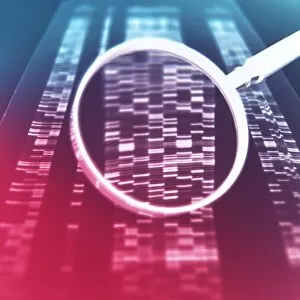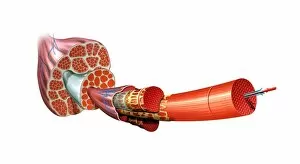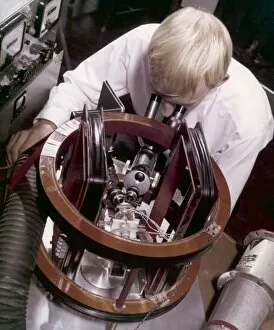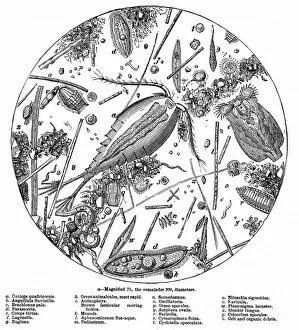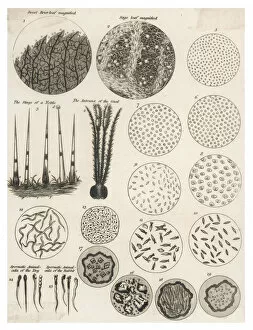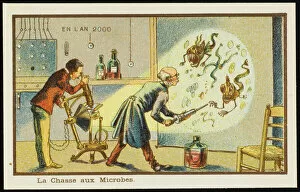Magnified Collection (page 74)
"Magnified Wonders: Exploring the Intricacies of Nature and Science" Step into a world where secrets are unveiled
All Professionally Made to Order for Quick Shipping
"Magnified Wonders: Exploring the Intricacies of Nature and Science" Step into a world where secrets are unveiled, as we delve into the fascinating realm of magnification. From ancient discoveries to cutting-edge technology, prepare to be amazed by the hidden details that lie beneath our everyday observations. In the 18th century, snowflake research captivated minds with its mesmerizing beauty. Under the microscope, each delicate flake revealed an intricate pattern unique unto itself. As we zoom in further, we encounter unexpected surprises like Crysotile asbestos and Aspergillus – reminders that even within nature's elegance, there can be unseen dangers lurking. Shifting gears from microscopic organisms to flora, let us marvel at Winston Churchill's beloved fuchsia named after him. Its vibrant colors bloom with intensity when magnified under a lens. Similarly enchanting are different snowflakes showcasing their range in size and patterns; it is truly astonishing how something so small can possess such diversity. Venturing deeper into scientific exploration brings us face-to-face with groundbreaking technologies like quantum computer cores. These powerful machines unlock new possibilities for humanity's understanding of complex problems on an unimaginable scale. But let us not forget nature's artistic side. Mushrooms have been captivating observers since 1869 when they were first studied closely under magnification. Their whimsical shapes and colors reveal a hidden world waiting to be discovered. As we continue our journey through this magnified universe, we encounter botanical wonders such as Dianthus Barbatus Temarisou or Carnation Green Trick series – flowers whose intricate petals unfold before our eyes in breathtaking detail. And who could resist being enchanted by Protea Neriifolia x Susannae or Pink Ice? Their exotic allure is only heightened when observed up close. Finally, let us admire Aeoniums - tree-like succulents known for their architectural beauty - specifically Aeonium Arboreum.

